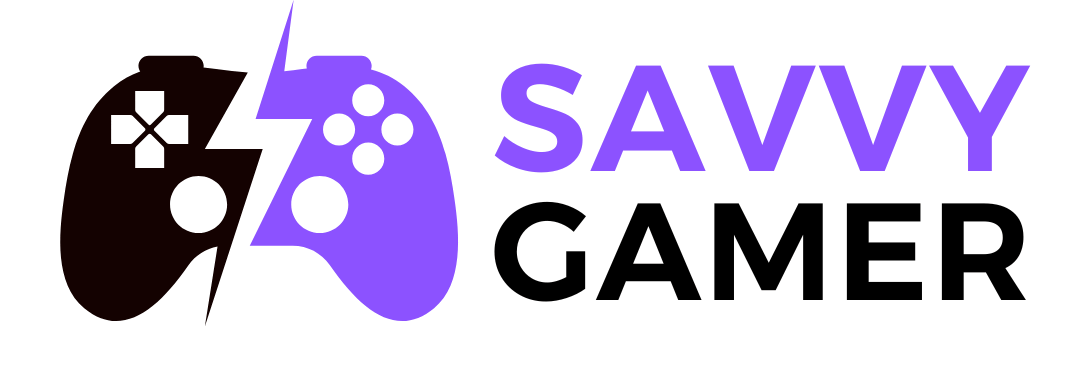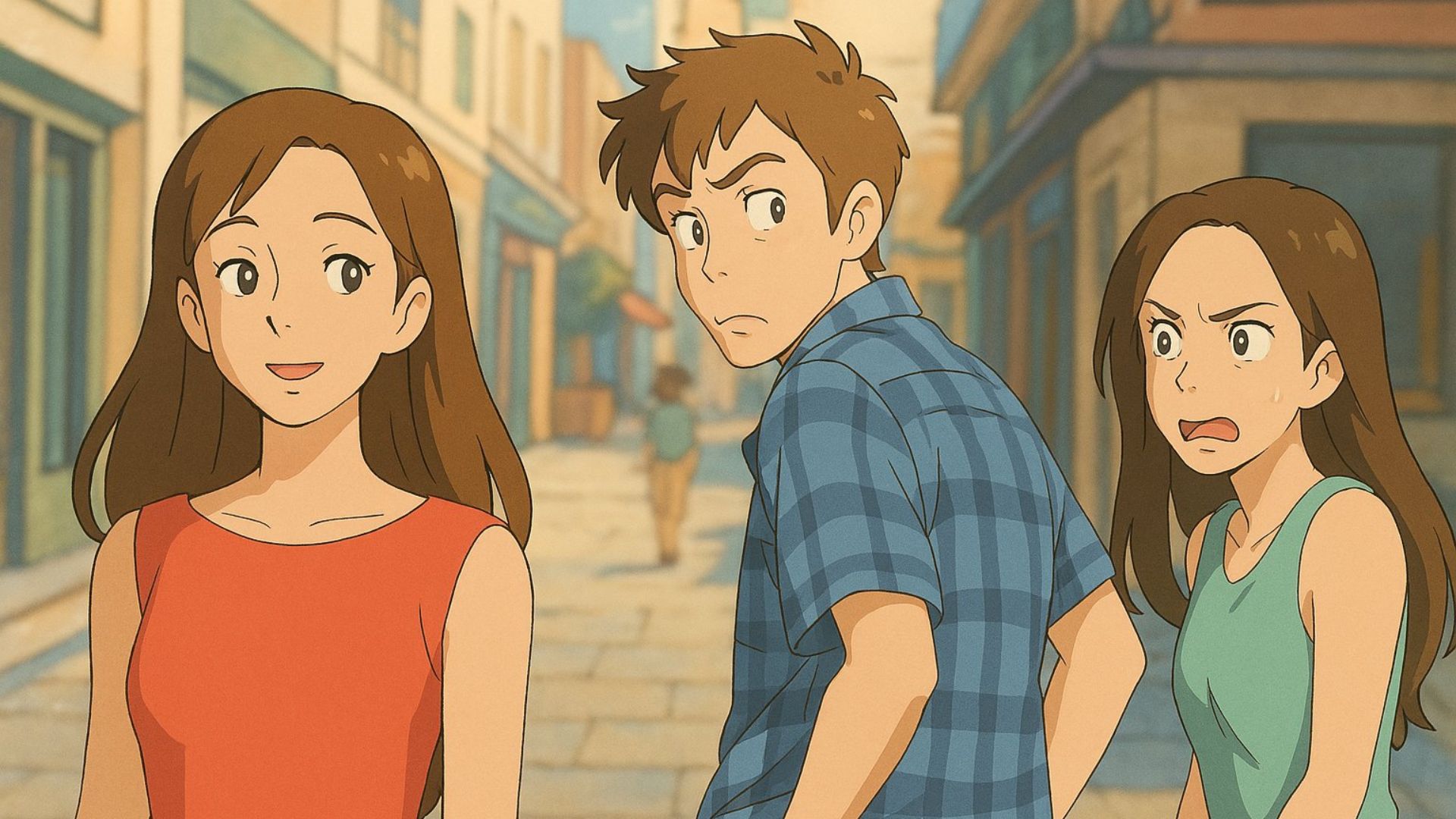This Article Wasn't AI-Generated... or Was It?
With the boom of artificial intelligence (AI), it's nearly impossible to avoid seeing or interacting with it. New trends are made with every update (take Ghibli-style AI art, for example), and the people of the internet are having way too much fun to think about the potential consequences. With so many AI-generated images, videos, and content shoved down our throats online, how, then, do you tell real from fake? And how can you step away from AI altogether?
1. Look at the Hands
Most of the time, you can instantly tell if something is AI-generated just by looking at the hands and feet. You might notice extra limbs and digits—or lack thereof. If there's one thing AI still can't quite get right, it's these small details with body parts, making them appear odd, unnatural, or nonsensical.
2. Glossy Sheen
While AI-generated images and videos have certainly made exponential progress to appear more lifelike, you can often still tell whether something is real or not. Look out for glossy sheens and textures, especially unusually smooth skin or unnatural fabrics.
3. Nonsensical Words & Letters
In images and videos, keep an eye out for nonsensical words and letters as well; you'll often find that they don't make real letters or form words or phrases that make sense. Pay attention to these details especially when they're in the background and not in the main focus.
 Fabio Santaniello Bruun on Unsplash
Fabio Santaniello Bruun on Unsplash
4. Writing Style
When scanning for AI-generated text, take note of the language. Is it formulaic? Dull and formal? Overly poetic and flowery? While AI can mimic certain writing styles (and thus creep close to human-made content), it often defaults to a specific tone and voice when it's just given a prompt. Make sure to read more than one passage as you may often find a pattern.
5. Excessive Use of Em Dashes
While a lover of em dashes (—) might feel falsely accused (and offended) by this fact, these long hyphens seem to be appearing more and more in AI-generated content—to the point where it's the first clue people look for (see what we did there?). Again, you might want to read a couple of passages before you can fully come to a conclusion, as some human writers might just really like em dashes.
6. Repetition
Whether in text or images and videos, AI loves to employ repetition. You might see concepts being repeated and rephrased in AI-generated content, or the same characters and details in the background of pictures and clips. If you're ever scanning these materials and think, "I've seen that before" or "Wasn't that already said?" you might be looking at something made by AI.
7. Inconsistent Lighting & Shadows
Lighting and shadows may also appear distorted or change unnaturally in images and videos. If you're an artist, this might pop out sooner and be more evident, but you can also search up similar images to see if that's how the light should hit and how shadows should fall.
8. Unfinished Details
It's not just hands, feet, limbs, and letters you'll have to watch out for—it's the details in everything. Earrings, for one, may be blurry or distorted, shapes might seem odd, and straight lines could appear not so linear once you take notice of them. Sometimes, objects may just be unfinished.
9. Unnatural Movements & Expressions
Another obvious clue that an image or video is AI-generated is to observe movements, flow, and expressions. AI might be improving, but there are still things it hasn't perfected, and complex human emotions and dynamic movement are just some examples.
10. Do a Reverse Image Search
If all else fails, do a reverse image search. If the results show that the image is regularly circulated on social media and not on any reputable sites, there's a high chance it's AI-generated. Videos may also sometimes be convincing, so it's important to verify sources before taking their information as the truth.
Now that you know some ways to spot AI content, how can you avoid AI or at least refrain from interacting with it so much? Let's explore 10 tips.
1. Don't Use It
The best way to avoid AI-generated content? Don't use it. Don't ask it questions, don't converse with it, don't allow it to help you with your tasks. The more you let yourself familiarize with its tools, the harder it will be for you to live without the convenience of them.
2. Don't Engage with AI Content
The second best way to avoid AI? Don't engage with its content. This might seem difficult given how prevalent AI-generated content is online nowadays, but the next time you see an image or video that seems nonsensical, just keep scrolling.
3. Promote Human-Made Content
Instead of engaging with AI-generated content, even to just bad-mouth it, save your breath and words and support human-made content. Art takes a lot of creativity and hours to craft and perfect (as opposed to the few seconds it takes for an AI to make the same thing), so promote that effort and originality as much as possible.
4. Limit Social Media Use
Since AI-generated content often appears on social media, constantly scrolling through these platforms exposes you to more of it. We know it can be hard to cut back on social media usage, but it might be especially helpful if you find you're increasingly hyperaware of—and can't help but interact with—AI content.
5. Read, Write, & Create Your Own Art
Instead of using AI tools to help you enhance your work, cut it cold turkey and do it the traditional way: by researching, brainstorming, drafting, and perfecting. Sure, it may be hard to give up AI's convenient tools especially if you're used to them, but it'll be better for you—and your art—in the long run.
6. Socialize IRL
Don't rely on social media and your phone to keep connected with your friends and family—go and catch up with them in real life instead! If you're always limiting yourself to socializing indoors and online, you'll lose touch with the real world (and might be more likely to doomscroll).
7. Research the Old Way
Just as you should create your art the traditional way, you should also research as you did before the boom of AI. Again, we know it's easier to throw AI a question and have it list out relevant sources, but AI can make mistakes and generate false content. Plus, it's probably better for the environment if you direct your questions to a search engine than to an AI bot.
 Glenn Carstens-Peters on Unsplash
Glenn Carstens-Peters on Unsplash
8. Educate Yourself About AI
Want to stop using AI? Educate yourself about it. You don't need to get into the nitty gritty, but just understanding how much potential damage it could be doing—to both education and the climate—is enough. Another eerie fact? Your content, whether containing personal information or not and whether with your consent or not, could be used to train AI. Yup, even your documents on Google Docs.
9. Tell Friends & Family to Stop Engaging with AI Content
Don't stop at just stepping away from AI tools and content yourself—convince your friends and family to do the same. After all, what help would it be if you're still sent AI-generated memes, images, and videos, even when you're doing your part to distance yourself from it?
10. Go Outside!
Just as you should socialize with your friends and family as much as you can in real life, it's also good to build up the habit of going outside yourself. Whenever you're tempted to check your phone or scroll through social media, take a walk instead!


























